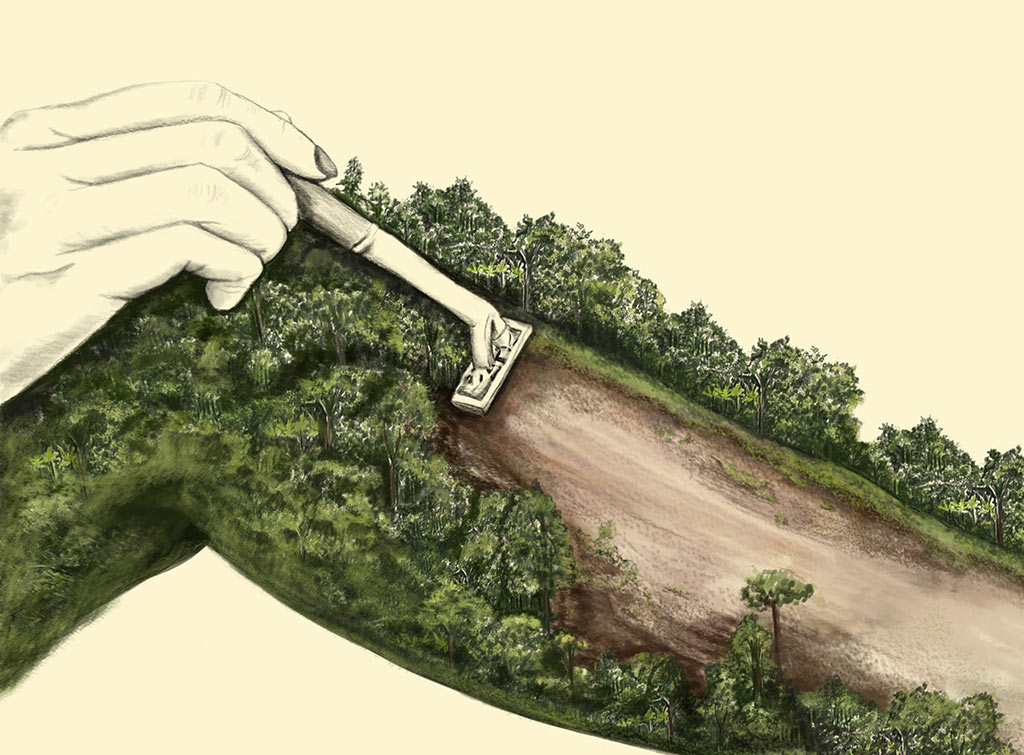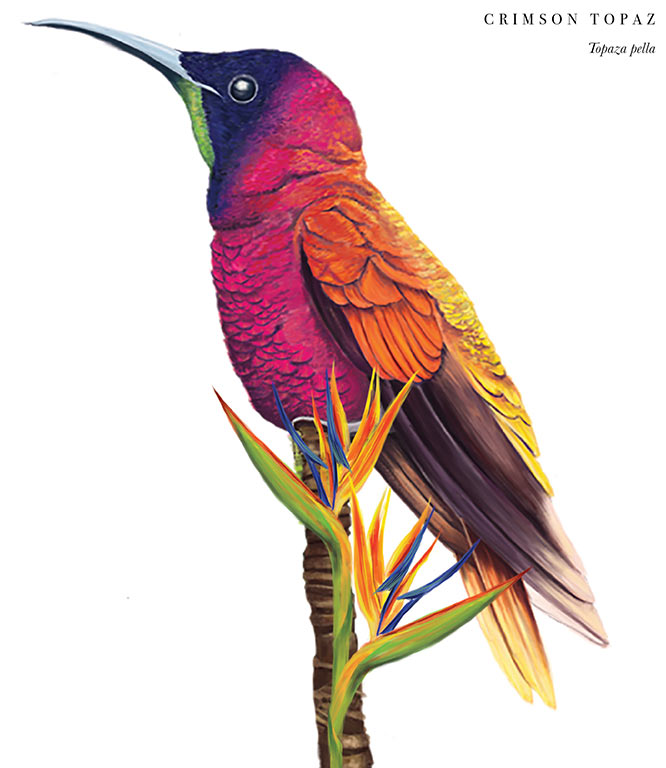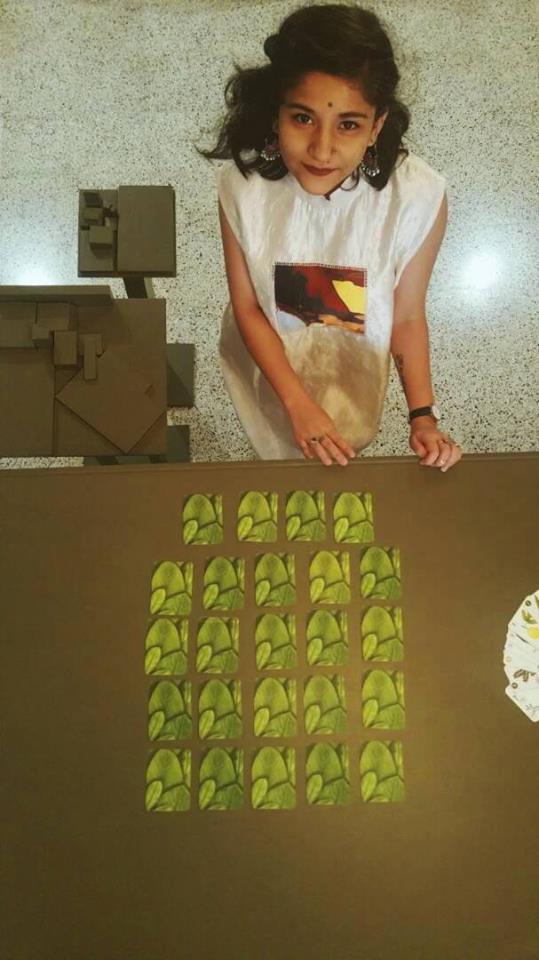Different Strokes
Kolkata-based artist, illustrator and designer Alisha Dutt Islam speaks about her own unique style of processing the world around her
Vani Sriranganayaki
A hyper-realistic drawing of two vividly coloured, extensively detailed birds, perched on branches – a pair of Scarlet Finches – is what greets you when you enter artist, illustrator and designer Alisha Dutt Islam’s website. Next to the birds, are the words:
‘my work is a visual representation of the connection I share with our natural surroundings’
And that’s it. The birds and the words are enough to lure you in, entice you into clicking that ‘enter’ button that you know holds several possibilities. Much like the very sources of her inspiration, the order and the unpredictability that is indelibly woven into the natural world; Alisha’s works are where fantasy and whimsy meet the stark realities that surround us. They present a carefully detailed, almost precise rendition of subjects and concepts that dictate and shape our lives. Yet take us on bold and colourful journeys that captivate and mesmerise. From fashion to branding and book covers, her works have graced many different kinds of canvases, so to speak. At times informative, and at times evocative, they have all flaunted ‘their own unique styles’; their own curious and particular train of thoughts that set them apart in their own unique way. But what ties them together is the basic drawing, the very different and meticulous strokes that in their fluidity and resilience echo the very call of nature.

Excerpts from the Interview
You have mentioned before that growing up with Borderline Dyslexia caused you to process and memorise complicated information through visual images. How did that manner of assimilation nurture your current creative process? And how did you find your way to botanical illustrations?
As a child I remember my mother teaching me through diagrams and infographics to help me retain information. Academics wasn’t my strongest suit, due to which I took up subjects like fine art, geography and home science in my 11th and 12th standard. Drawing has always been part of my life. I remember sitting in class and drawing in my notebooks instead of taking notes. It was an escape from the structured academic world.
During my years at Srishti School of Art and Design, I took this practice of trying to retain information through images and created images that help people retain information. It all started with my Botanical Card Game, where the players can trade trees and build their own garden.

The visual series ‘Compliments after Sex’ is a collection of illustrations where you have juxtaposed the wholesome beauty of plants with the female form. Take us through the process – what inspired you and how did you traverse the choppy waters of body positivity?
Over the years I have found myself and other women being conscious about a part of their body based on comments of a third person. Very often that person can be close friends or a partner. The series was inspired by women sharing similar stories and comments about their bodies. I had put up the pitcher plant illustration and asked both men and women to send in comments they have received about their bodies. The response was overwhelming and the series is a result of that.

In the series ‘Evolutio Speculationis’ you delved into Feminism from an evolutionary point of view – teasing the possibility of a genderless society. What would you say was your biggest challenge when taking on two of mankind’s most contested issues?
I have often received harsh criticism from my peers for saying that ‘men and women aren’t equal and cannot be equal’. Empathy and understanding of how the female body works can help path the way to Equality. I don’t want to ‘act like a MAN’ or ‘be like a MAN’. But I need a man to understand how a woman’s body works. The pain and the mood swings that we go through during our period is because we have the power to create life. Though both men and women are needed for the process of creating life. The latter carries said life and for that every month there are hormonal changes in the body. This is just one of the aspects the series looks at. I have looked into IVF, Parthenogenesis, cloning and also explored the possibility of both parties getting fertilised during procreation.

Can you let us in your current project? What can we expect from you next?
I have been illustrating over 120 animal and plant species in the last 2 years. I’m planning to share that with everyone online via Instagram. I am currently working on a book cover where I am illustrating Superfoods. Recently, I also illustrated over 250 food ingredients in collaboration with Memesys Culture Lab for Round Glass Thali.

Your artworks portray a meticulous, almost textbook approach towards understanding nature, yet there is a streak of imagination and whimsy to it. How conscious are you of this?
I spent my teenage years creating abstract illustrations and paintings while being in academic work. It is quite ironic that my illustrations have a textbook approach now. It is not a conscious decision. Perhaps, subconsciously I would like my textbooks to have a similar look.
______________________________________________________________________________________________________
All Images are Courtesy of the Artist.
Share